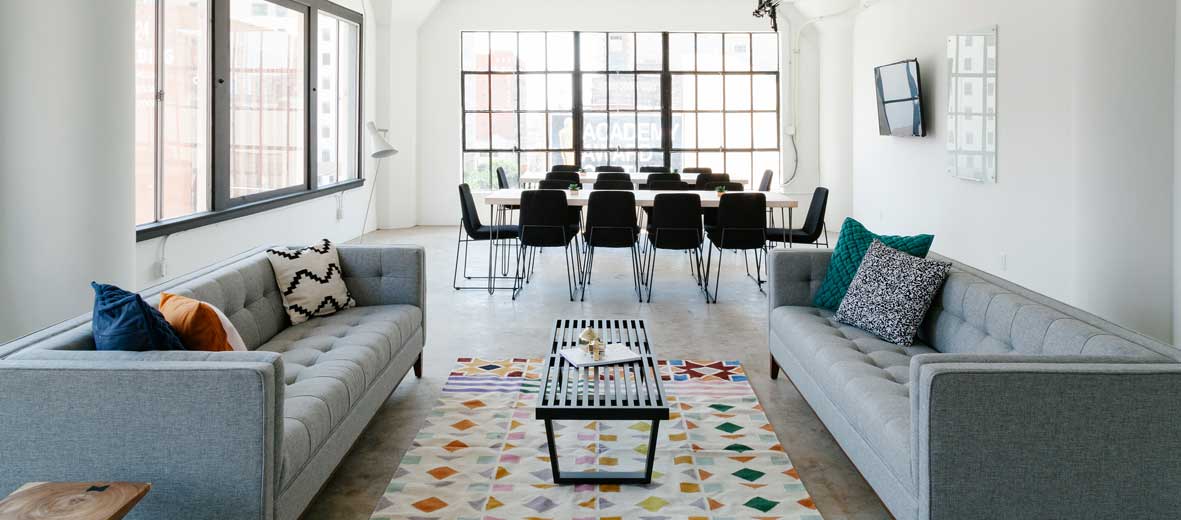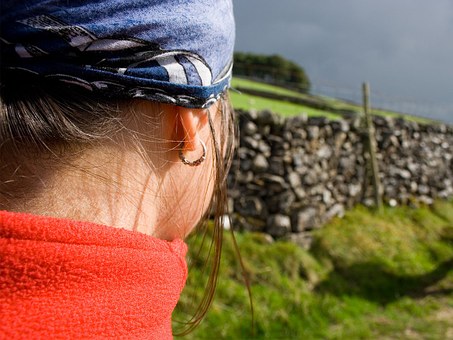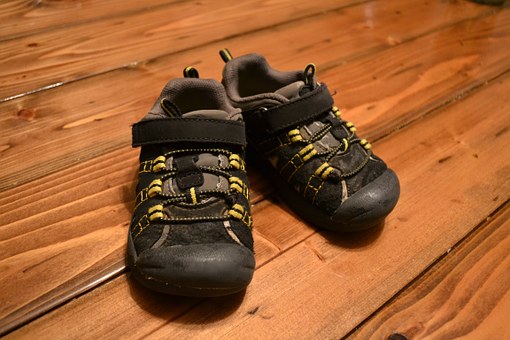Embellishing one’s body is not anything new. It is as old as we are. Most of us want to be attractive, and adorning our bodies is one of the ways of ensuring that we are attractive. Ears are probably the first place to be poked as we try to adorn our bodies. Mothers and their babies too will want to have their ears pierced for them to start decorating them beautifully.
The right time to pierce her ears
Let her immunity develop
 Naturally, earlobes of newborn babies are small. This increases the likelihood of misplaced piercings and infections. That is why according to experts, it is good to wait until the child attains at least an age of 6 years, as their immune system will have developed somehow.
Naturally, earlobes of newborn babies are small. This increases the likelihood of misplaced piercings and infections. That is why according to experts, it is good to wait until the child attains at least an age of 6 years, as their immune system will have developed somehow.
Let her take part in the decision making
If you want your baby to be involved in deciding whether to pierce or not, it is good to wait until she can do so. At least when she is ten years is a good idea. Remember, the older she is, the more informed decision you two will make. It is even more likely that she will take good care of her ears and studs when she is older.
Where to go and how to reduce pain
You need to visit a reputable dermatologist or pediatrician to ensure that it is the safest and cleanest procedure ever. On the part of reducing the pain felt, it is important to note that an anesthetic shot would be more painful that the piercing itself- that is why painkillers are not mostly used. Your pediatrician can opt to apply ice on her ear twenty minutes before piercing, to ease the sensation but sometimes the ice may cause some discomfort.
Materials to use
Consider using surgical stainless steel as fewer reactions have been noted. Avoid metals that cause irritation to her. How long you let her wear the first earing is after she has healed completely, and that would be after at least six weeks.
Care needed
 Keep your baby’s earrings and ears clean by washing them with alcohol or hydrogen peroxide-soaked on a cotton ball. Occasionally, slide and turn the earrings gently to maintain the shape of the holes. Do not remove them, until you are ready to replace them with new studs, as this would make them close. Also of importance, be keen to note any signs of infections.…
Keep your baby’s earrings and ears clean by washing them with alcohol or hydrogen peroxide-soaked on a cotton ball. Occasionally, slide and turn the earrings gently to maintain the shape of the holes. Do not remove them, until you are ready to replace them with new studs, as this would make them close. Also of importance, be keen to note any signs of infections.…



 Are you looking for casual, athletic, or dressing shoes? Determine which type of shoes he wants before going to the shop and picking any shoes that come your way. This way, you will know the shoe characteristics to look for. For instance, if he wants athletic shoes, consider their arch and heels support and how stable they are for his ankles.
Are you looking for casual, athletic, or dressing shoes? Determine which type of shoes he wants before going to the shop and picking any shoes that come your way. This way, you will know the shoe characteristics to look for. For instance, if he wants athletic shoes, consider their arch and heels support and how stable they are for his ankles. Baby boys and everyone, in general, requires shoes that provide breathability. Leather shoes, canvas and any other kind that allows more flow of air are recommendable. Avoid plastic shoes as they don’t allow breathability to your boy’s feet. Remember, the more breathable the material is, the more flexible the shoe will be.…
Baby boys and everyone, in general, requires shoes that provide breathability. Leather shoes, canvas and any other kind that allows more flow of air are recommendable. Avoid plastic shoes as they don’t allow breathability to your boy’s feet. Remember, the more breathable the material is, the more flexible the shoe will be.…